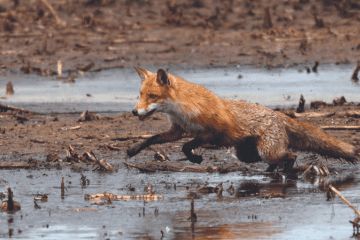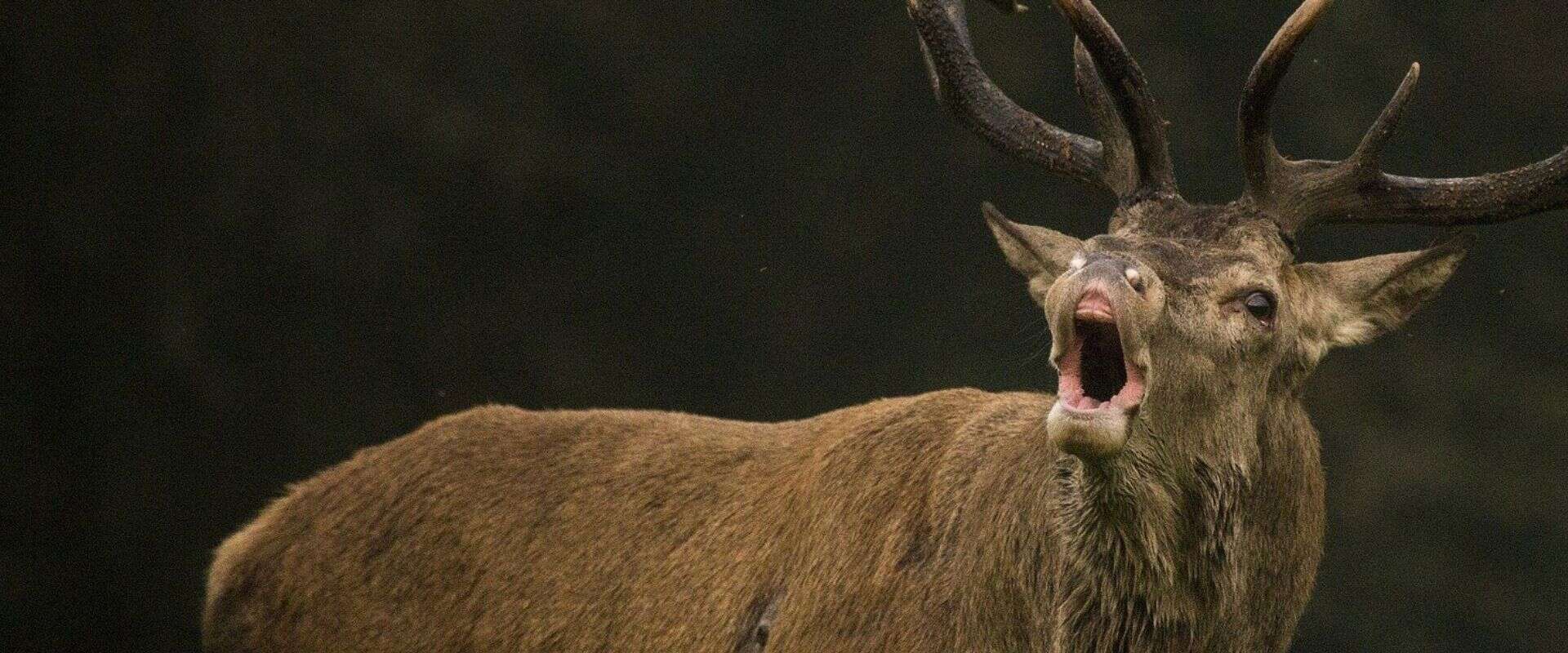The Invasive Species Council has slammed news today that the Minns government will establish a feral goat, cat and pig bounty, despite overwhelming evidence that it will waste taxpayers money and make no difference to the numbers of these invasive species.
‘This is a dirty deal with the Shooters Party for votes and has nothing to do with good feral animal management. Bounty hunters might be heroes on the big screen, but in the real world of feral animal control, they’re just a waste of taxpayers’ money,’ Invasive Species Council CEO Jack Gough said.
‘The government’s own agricultural department has been briefing against this because bounty schemes are ineffective at getting feral animal populations down and are often riddled with fraud.
‘This is why Premier Minns promised a NSW Farmers conference last year that he would not introduce bounties and why Agriculture Minister Tara Moriarty ruled them out in a statement to the ABC in January this year.
‘It is why the NSW Natural Resource Commission did not recommend bounties in their recent comprehensive advice to the Premier on reforming invasive species management in NSW.
‘For decades the Shooters Party has worked to undermine effective, science-based feral deer and pig control in NSW. So it is unsurprising that they are once again pushing for subsidies for recreational hunting at the expense of real action to protect the environment from the impact of feral animals.
‘There are millions of goats, cats and pigs in NSW. Just to stop the population growing, you need to remove around 35% of the goat population, 57% for cats, and up to 70% of pigs every single year. These are not weekend hunting targets – they require serious, coordinated programs led by professionals. Bounty schemes just don’t deliver at that scale.
‘We’ve seen it time and again across the country – bounties just don’t work. Not only do they fail to deliver results, but they actually encourage hunters to spread feral animals further.
‘The research is clear and it shows bounties are ineffective because invasive species breed and spread too quickly. The schemes are also riddled with fraud and encourage inhumane and ineffective control methods.
‘Bounty hunters naturally focus their effort in areas where hunting is easiest, not most impactful and tend to preferentially harvest younger animals, leaving the mature animals to breed to ensure future stock.
‘To truly tackle the problem of feral pigs, deer, foxes and cats, we need to invest in professional, coordinated, long-term, science-backed control methods, such as aerial shooting, baiting, trapping and fencing, which have been proven time and time again to achieve better results.
‘Farmers should be deeply concerned if funding for genuine control programs is diverted towards this ridiculous subsidising of recreational hunting.
‘If the NSW government is serious about protecting native wildlife and stopping extinctions, it should reject the Shooter’s Party’s bounty proposal and focus on increased funding for effective, long-term solutions.’
Estimated minimum proportions of invasive animals that need to be killed annually to achieve population reduction

Media inquiries: (02) 8006 5004
Images and videos of invasive species for media to use are available here.
Background:
- A review of Australian bounties found they typically result in the death of less than 10% of targeted feral animal populations.
- Populations can quickly rebound. More than half the foxes killed by hunters in a trial of the Victorian scheme were juveniles, up to 80% of which typically die anyway from natural causes. Killing some of these animals simply allows more of the otherwise doomed young to survive.
- The Australian review concluded that bounties are ‘unsuitable for the control of animals that are present in large numbers, are widely distributed or have high reproductive rates’.
- Fraud has also been ‘synonymous’ with bounty schemes. In the Victorian fox bounty trial, fox tails already presented for payment were stolen and there was no way to distinguish tails brought from elsewhere.
- Effective feral animal control is very different from ad hoc killing. It requires long-term, science-backed strategies focused on achieving defined and monitored public good outcomes. The use of the most effective methods such as aerial shooting and baiting can reduce the need to regularly kill large numbers of animals.
- The CSIRO’s current national best practice pest animal management guide – Managing Australia’s Pest Animals, A GUIDE TO STRATEGIC PLANNING AND EFFECTIVE MANAGEMENT (Braysher 2017) – finds that:
- ‘Reviews of past bounty schemes around the world have shown they are almost always an ineffective form of pest control.’
- ‘The main aims of bounties, namely to reduce pest numbers and encourage many people to become involved in pest control, are ecologically and socially flawed.’
- ‘To collect a bounty, hunters are required to present a nominated body part such as a scalp or tail. This practice is not only open to fraudulent practices, but also encourages the use of inefficient and sometimes inhumane methods.’
- Bounties ‘impede the implementation of more effective methods of control.’
- “Bounty hunters usually have no interest in reducing pest damage; their aim is to maximise their profit in relation to their effort.
- ‘The creation of a source of income does little to encourage the long-term control or permanent reduction in the targeted pest species population.’
- “Bounty hunters usually concentrate their effort in areas where they can most easily collect pests, not where the pests are necessarily causing the most damage.’
- ‘Bounty hunters are also selective in the individuals that they take, preferentially harvesting the younger, more naive animals, and leaving the mature animals to breed and ensure a future stock.’
- ‘Although in theory they seem capable of offering positive benefit–cost ratios, in practice bounty schemes are inefficient, they require considerable supervision, they are subject to fraud, and they do not guarantee increased pest control or a significant reduction in pest animal damage.’








